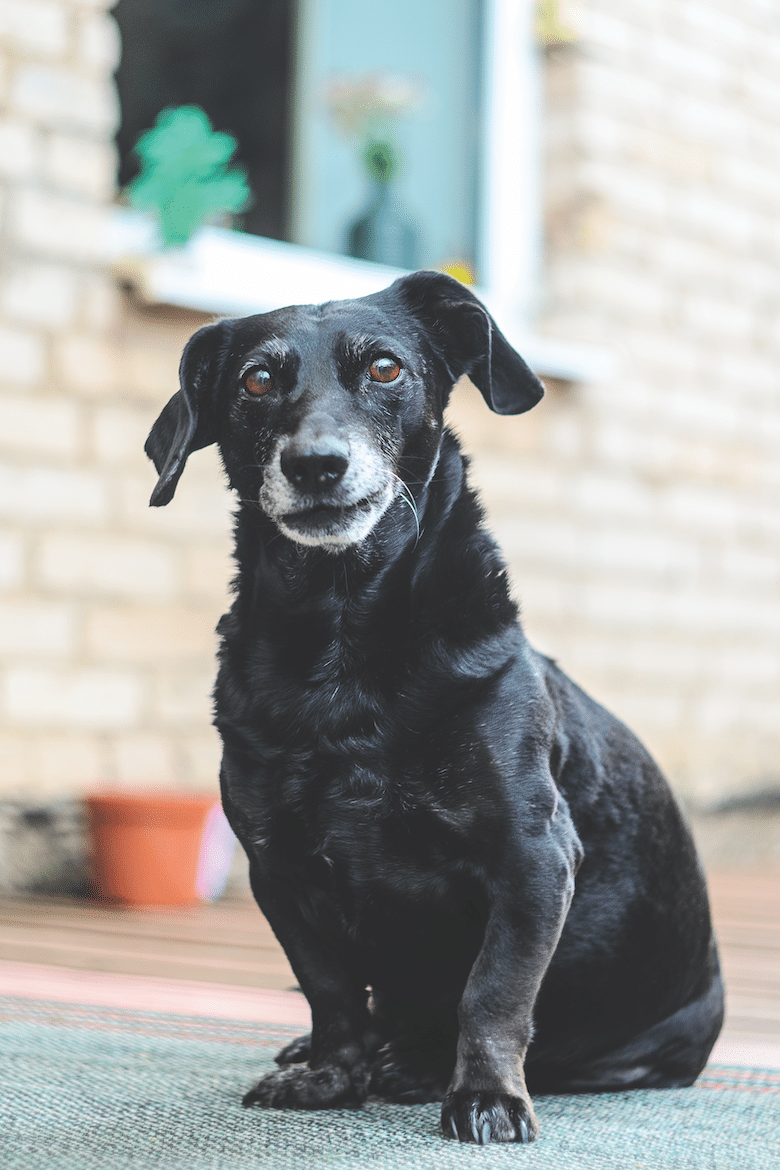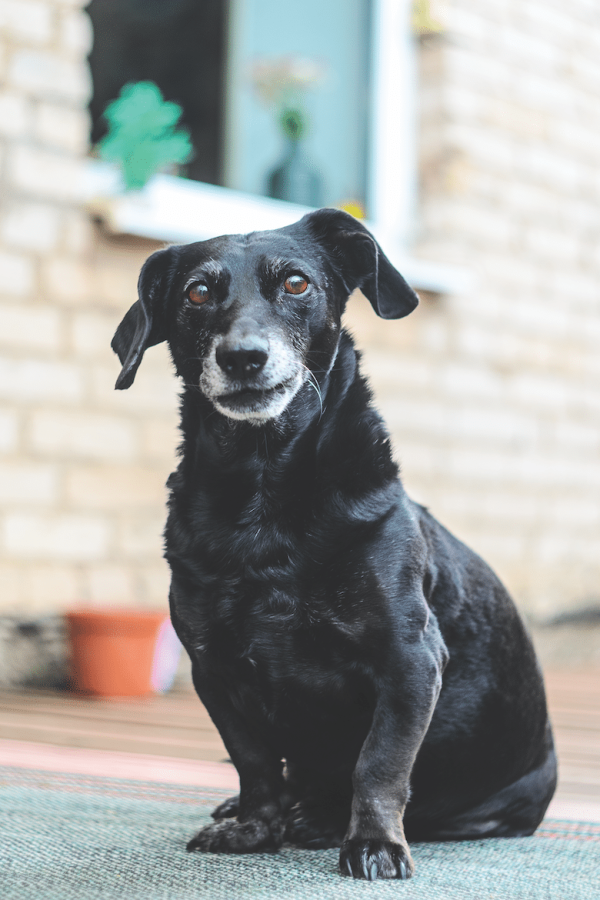Here’s some interesting research that was published on Discovery News.
As I was reading it, I was reminded of the Russian research done with foxes back in the last century. In that research, the foxes were being bred for temperment with no breeding being done based on coat or any other physical attribute. But as the foxes became tamer, they also changed physically as well with different ear sets and other alterations. There is so much we just don’t know about genes and nature, isn’t there?
Fur Color Linked to Dog Personality
Jennifer Viegas, Discovery NewsDec. 13, 2006 The color of a dog’s fur may seem to be just a whim of nature and genetics that reveals little about the dog. But a new study claims that coat color for at least one breed, the English cocker spaniel, reflects a pooch’s personality.
Prior research has suggested that fur color is also linked to behavior in labrador retrievers, while the type of fur in this case, wiry or long may indicate temperament in miniature dachshunds. Wiry-haired mini dachshunds are often more feisty than their mellower, long-haired cousins.
The latest study, recently published in Applied Animal Behavior Science, determined that golden/red English cocker spaniels exhibit the most dominant and aggressive behavior. Black dogs in this breed were found to be the second most aggressive, while particolor (white with patches of color) were discovered to be more mild-mannered.
In labrador retrievers, the color rank from most to least aggressive was determined to be yellow, black and chocolate.
The behavior-fur color connection is likely due to related genetic coding that takes place during the pup’s earliest life stages, according to lead author Joaqun Prez-Guisado.
“Maybe the link (to coat color) is due to the fact that the ectoderm (one of the three primary germ cell layers) is where the skin and central nervous system originate in the embryo,” he told Discovery News.
Prez-Guisado, a researcher in the Department of Medicine and Animal Surgery at the University of Cordoba, Spain, and his colleagues measured levels of dominance and aggression in 51 seven-week-old English cocker spaniel puppies that were either full siblings or half siblings.
The tests looked at how quickly a person could capture a puppy’s attention, how well puppies followed the individual, how the dogs behaved while restrained, how they exerted their social dominance and what they did when they were lifted off the floor.
In many cases, the golden-colored dogs resisted human contact and even tried to bite the tester, while the particolor pups often wagged their tails and seemed to enjoy the attention.
While genes control coat color and appear to predispose behavior in certain dogs, Prez-Guisado said that how dogs are raised plays the biggest role in behavior. He determined that environmental factors account for 80 percent of dominant, aggressive personalities while genes only influence 20 percent of dogs’ demeanors.
“It is very important to give the dog an optimum and suitable environment in order to have a dog with a low dominance aggressive behavior level,” he said. “For that reason, owners are primarily responsible for this undesirable dog behavior.”
Canine behaviorist and trainer Wendy Volhard and professional breeder Carolyn Sisson, who is president of the English Cocker Spaniel Club of San Diego, California, both told Discovery News they’re not surprised by the findings. They said that coat color’s link with behavior has been “a well-known, old wives’ tale” for years.
Although they both think there is “some truth to the recent findings,” Sisson believes a dog’s genetic lineage, going back many generations, is a better indicator of temperament than color.
Sisson explained that there are 29 recognized different coat colors for English cocker spaniels, and combinations other than golds mating with golds can result in a golden dog.
“It’s the line breeding out of puppy mills in England that probably resulted in the dominant traits,” Sisson said.
She added, “The very best and worst of my dogs have been spaniels. They seem to cover every behavioral extreme.”
Follow this link to read the rest of the article.
Featured Image Credit: V_Sot | Getty Images










